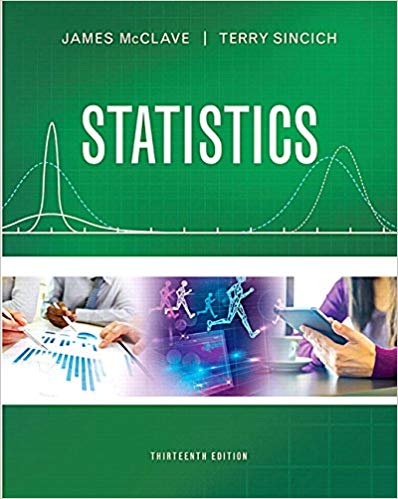Question:
Refer to the Journal of Food Science (Feb. 2014) taste-testing study, Exercise 10.80 (p. 551). Recall that the researchers evaluated the general Labeled Magnitude Scale (gLMS), used to rate the palatability of food items on a scale ranging from -100 (for strongest imaginable dislike) to + 100 (for strongest imaginable like). The researchers called this rating the perceived hedonic intensity. A sample of 200 students and staff at the University of Florida used the scale to rate their most favorite and least favorite foods. In addition, each taster rated the sensory intensity of four different solutions: salt, sucrose, citric acid, and hydrochloride. The averages of these four ratings were used by the researchers to quantify individual variation in taste intensity-called perceived sensory intensity. These data are saved in the TASTE file. The accompanying MINITAB printout shows the correlation between perceived sensory intensity (PSI) and perceived hedonic intensity for both favorite (PHI-F) and least favorite (PHI-L) foods. According to the researchers, "the palatability of the favorite and least favorite foods varies depending on the perceived intensity of taste: Those who experience the greatest taste intensity (that is, supertasters) tend to experience more extreme food likes and dislikes." Do you agree? Explain.
.png)
Transcribed Image Text:
Correlations: PSI, PHI-F Pearson correlation of PSI and PHI-F = 0.401 P-Value = 0.000 Correlations: PSI, PHI-L Pearson correlation of PSI and PHI-L = -0.375 P-Value = 0.000 %3!
.png)







